Boaters understand the importance of managing humidity on board to maintain a comfortable and safe environment. Excess moisture can lead to mold, mildew, and musty odors, which not only damage the boat but also pose health risks to those on board. Particularly for liveaboard boaters who view their vessel as a second home, controlling humidity becomes even more critical to ensure longevity and comfort.
1- Measuring humidity on board
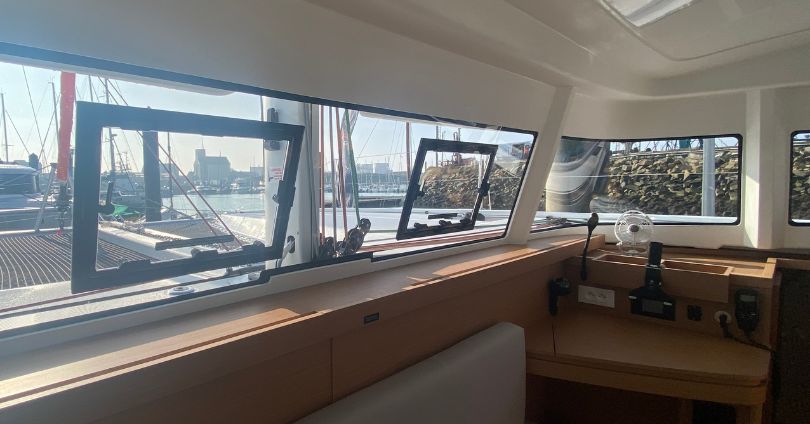
With various basic tools
The ideal level humidity for boats is between 30% and 50%. If the humidity is too low, it can dry out the wood and fiberglass in the boat, which can lead to cracking and other damage. If the humidity is too high, it can encourage the growth of mold and mildew, which can damage the boat and cause health risks to occupants.
Some devices exist to measure the humidity level onboard :
- Digital Hygrometers: These user-friendly devices display the relative humidity (RH) on a screen, making it easy to monitor moisture levels.
- Psychrometric Hygrometers: While slightly more complex, these hygrometers offer superior accuracy and are ideal for those who want the most precise readings.
- Moisture Meters: While these tools do not directly measure air moisture, they can be valuable by checking the moisture content within materials like wood or fiberglass, indirectly indicating potential humidity issues.
With wireless sensor to monitor humidity and temperature on your smartphone
The disadvantage of these tools is that you have to think about them before each trip, and make sure you’ve brought them with you. A more seamless solution is a temperature and humidity sensor that integrates directly into your boat and can be monitored via your smartphone: the temperature and humidity sensor.
This sensor can be installed at various points on the boat, allowing you to check the humidity levels directly from the Seanapps application. This sensor can be a great tool if you are planning a cruise with your friends. You will be immediately alerted on your device if moisture has accumulated between trips. This enables you to address potential issues before heading out to sea.
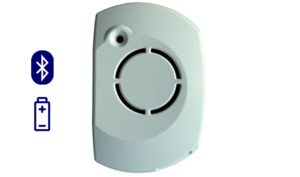
It is also important to be able to monitor humidity levels remotely, when you are not on board or away from your boat. If the humidity level becomes abnormally high, for example, this will enable you to be alerted and organize to come and check the source of the problem. This is particularly relevant during wintering, a period when your boat is most exposed to humidity and is often poorly ventilated and unheated. Many boat owners find that when they take their boats out of winter storage, moisture has accumulated, leading to mold growth on parts like the furniture. The temperature and humidity sensor could have saved them some nasty surprises!
The most practical solution for installing your connected boat system could be Seanapps with a ready-to-install pack!
2- What an be done to reduce humidity on board?
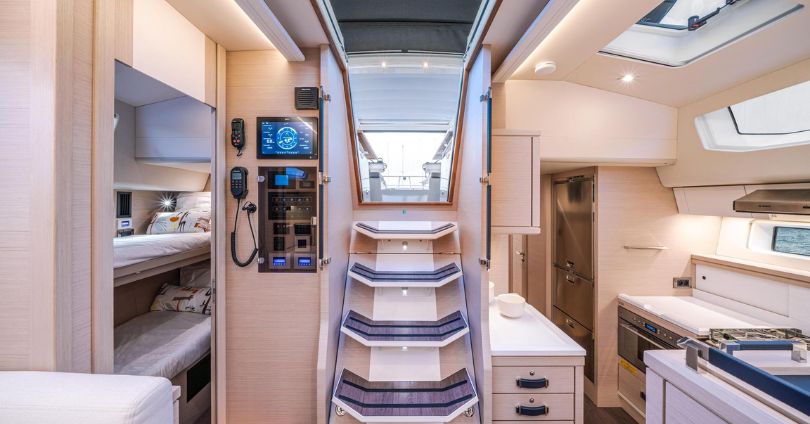
Photo credit: Jeanneau
Improve natural ventilation
First of all, it’s important to stress the importance of natural ventilation. Whenever possible and weather permitting, open hatches, doors, and windows to promote air circulation and reduce dampness. The use of fans (stationary and portable) is also a great way for circulating air and preventing stagnant areas.
Using an air conditioning system
Air conditioning onboard offers several benefits on combating humidity:
- It reduced humidity: by removing moisture from the air, air conditioning directly reduces the ambient humidity level.
- It created fresher air: A dehumidified environment feels fresher and more pleasant to breathe, especially in hot weather.
- It prevents mould: high humidity fosters mold growth. Air conditioning helps prevent this by drying out the air.
If you are considering installing this system on your boat, it is important to have a good understanding of it. Reading this article on choosing and maintaining on-board air conditioning could be helpful.
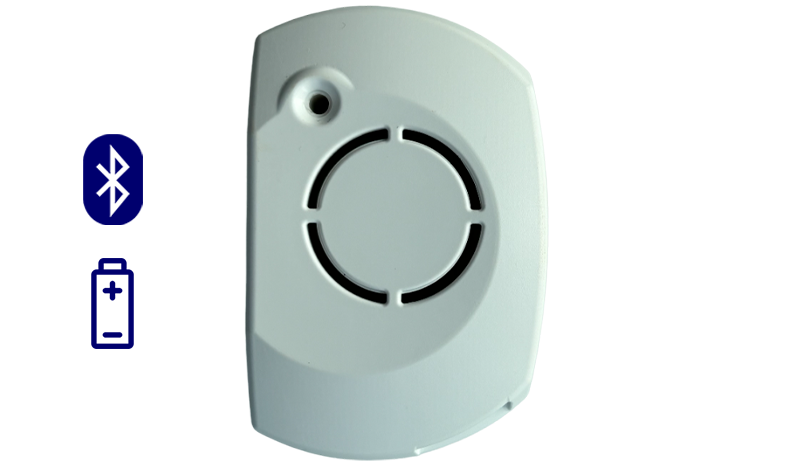
On-board air conditioning is also a question of comfort, and being guaranteed that your system is switched on and that you’ll be cool on a hot day is an added bonus. An air-conditioning ignition sensor detects when the air-conditioning is activated, enabling real-time monitoring of system operation by detecting voltage fluctuations
Minimize moisture sources
There are several sources of humidity on a boat, from the ambient air, condensation and rain that can enter different parts of the boat. Here are some tips to minimize moisture sources and prevent problems:
- Dry thoroughly: Always properly dry wet clothes, towels, and gear before storing them below deck.
- Analyze and fix leaks promptly:address any leaks promptly to prevent water intrusion that can contribute to humidity problems, water intrusions are very often visible to the naked eye and require regular visual inspections.
- Dehumidification by adsorption: consider using moisture-absorbing materials like desiccants bags in enclosed spaces to trap excess moisture.
- Dehumidifiers: consider using a dehumidifier in areas prone to high humidity. This can be during humid weather. Electric models of deshumidifiers are remarkably efficient in both cold and tropical climates. These refrigeration systems condense ambient humidity and evacuate it in the form of water, making it easy to dispose of.
- Control condensation: address cold surfaces where condensation forms, such as portholes. You can use insulation or increase air circulation around those areas.
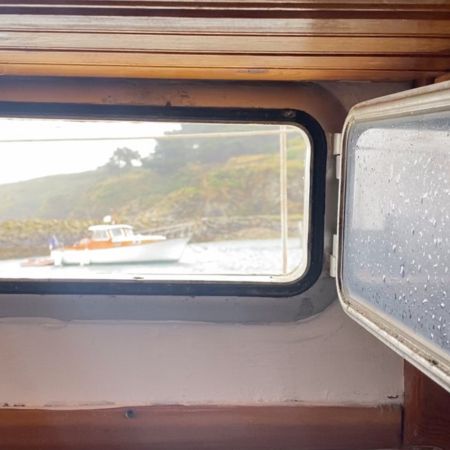
Conclusion
Moisture on board a boat, if not properly controlled, can lead to long-term damage. Investing in a well-maintained environment now will yield significant benefits over time. Keep in mind that proper maintenance of your boat not only ensures on-board comfort, but also its resale value. For further insights, delve into the article on engine maintenance, another important point for worry-free cruising.
Discover Seanapps sensors
Outboard motor anti-theft sensor
€79
Temperature and humidity sensor
€79
Shore power sensor
€149

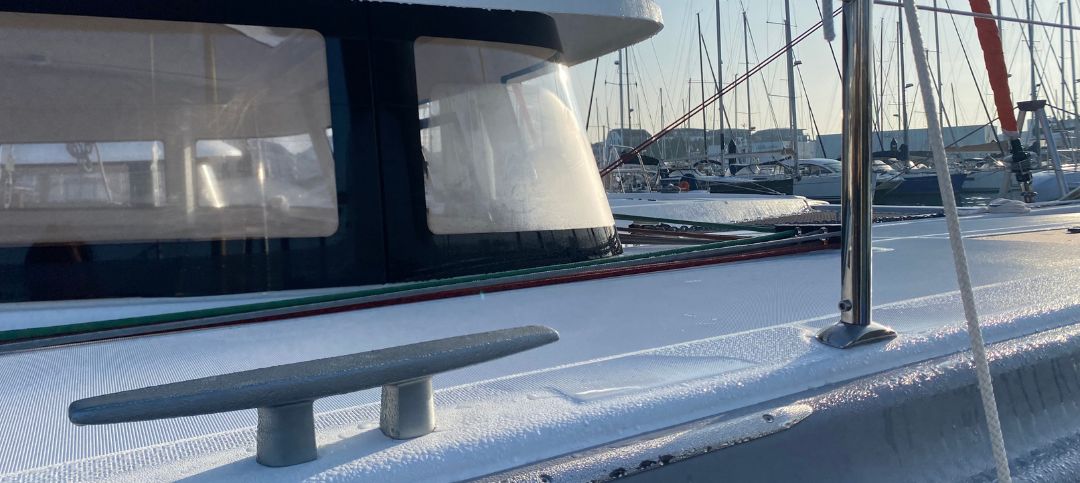
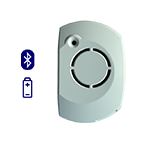
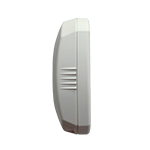
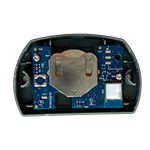
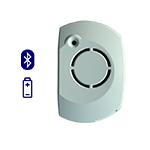
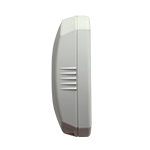
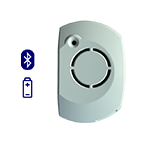
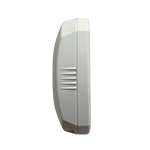
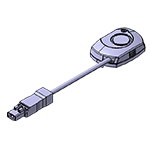
0 Comments